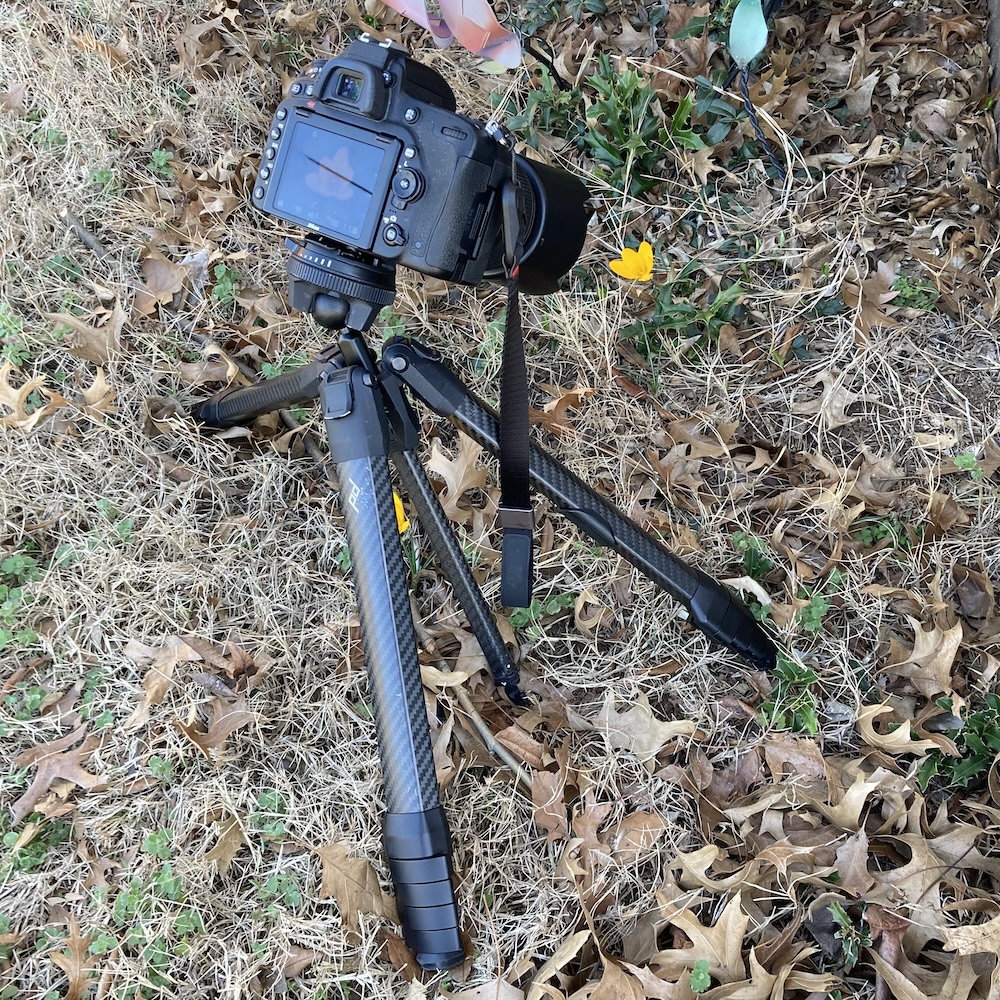
Each year we have a few dozen yellow crocus flowers that spring up in our yard, and each year I use them as an opportunity to practice my photography—sometimes re-creating shots I have done before, other times trying new, creative photo ideas, but always enjoying the diminutive little blossoms for as long as I can before they disappear to make way for the green grass that soon takes over. I still enjoy the first shot I ever took of these crocuses back in February 2013, and while lots of the subsequent photos of this scene that I have taken since then are improved in some fairly objective ways, I still remember the thrill of taking that original image with my Nikon D200 and 50mm lens and kind of marveling at the fact that I, a normal person without any kind of special camera gear, could take a photo of a flower in focus with others blurred out in the background. It was a revelation, and has stuck with me and continues to shape my photography even more than a decade later.
Which brings me to this week’s image, of course. It’s a crocus, but shot a bit differently from most. I used my Nikon D750 and 105mm f/2.8 macro lens, which longtime readers will probably not be surprised at, but I also used a tripod in order to steady the camera and compose the shot precisely how I wanted to. It’s a technique I have been using a bit more when doing macro shots, at least when possible, in order to be a bit more intentional and considered and get the shots I really want, not just the settle for photos I’m able to get—as is sometimes the limitation when using my hands alone to steady the camera.

It was just a bit windy so I used Auto-ISO to set a minimum shutter speed of 1/350 second, and at f/9.5 that gave me an ISO of 720. Perfectly acceptable, especially with a bit of Lightroom post-processing to smooth things out just a bit. I used Live View and shot at 1:1 magnification while focusing manually in order to get the tip of the stigma as sharp as possible, and even at f/9.5 the depth of field was far less than a quarter of an inch. While this image might have been possible without a tripod it would not have been easy, and probably a lot more frustrating too.
As I type this the little yellow petals have all disappeared. The days are warmer, the sun lingers longer, and time continues its inexorable crawl. And yet it’s comforting knowing that year after year, no matter what happens these little flowers just keep popping up with the last breaths of winter as if to remind the world that the more things change, the more they stay the same, and things are going to be alright.












